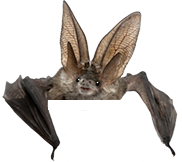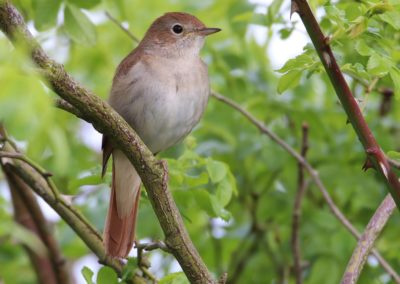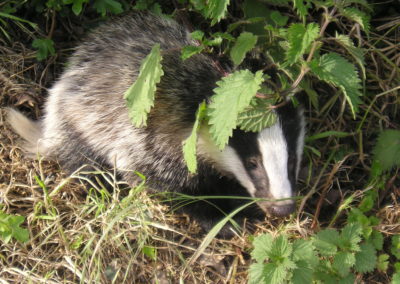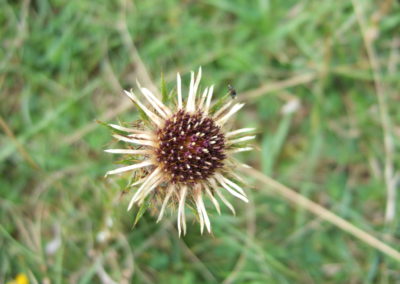BIOSCAN - FOR CHARITIES & INTEREST GROUPS
WORKING WITH
CHARITIES & INTEREST GROUPS
A growing area of our work is in rationalising, collating and presenting independent ecological evidence for charities and interest groups. This ranges from cases where campaigners are unconvinced by the standard of ecological information submitted by applicants and seek independent review, through to producing expert witness statements and expert reports in cases of litigation.
Recent cases have included expert support for a national campaign group in reviewing the standard of ecological information presented for the Phase 2 element of the High Speed Two rail project and presentation of expert evidence to the High Court and Court of Appeal in a series of legal challenges brought by opponents of the badger cull.


Lodge Hill, Medway, Kent
The former Chattenden military barracks and associated land at Lodge Hill, on the Hoo Peninsula in Kent, became surplus to MoD requirements in the late C20th and began to be mooted for major redevelopment in high level regional strategies through the 1990’s and into the 2000’s. Read more »

Badger Cull Legal Challenges
In 2017, Bioscan’s Dominic Woodfield was asked by a prospective litigant, Tom Langton, to look into the adequacy of Natural England’s assessment processes connected with granting licences to cull badgers across large areas of south-western England. His review exposed significant omissions and assessment failures by Natural England that provided grounds for legal challenge that were then taken forward by Mr Langton’s legal team, with witness evidence from Dominic in support. Read more »

Gavray Meadows, Bicester
Gavray Meadows is a complex of ancient fields and field boundaries within the Bicester ring road which was allocated for development in the Cherwell Local Plan in the mid 1990’s. Bioscan’s Dominic Woodfield independently identified the presence of high value ancient grassland on the site in the late 1990’s, and the site was subsequently designated as a Local Wildlife Site. Read more »